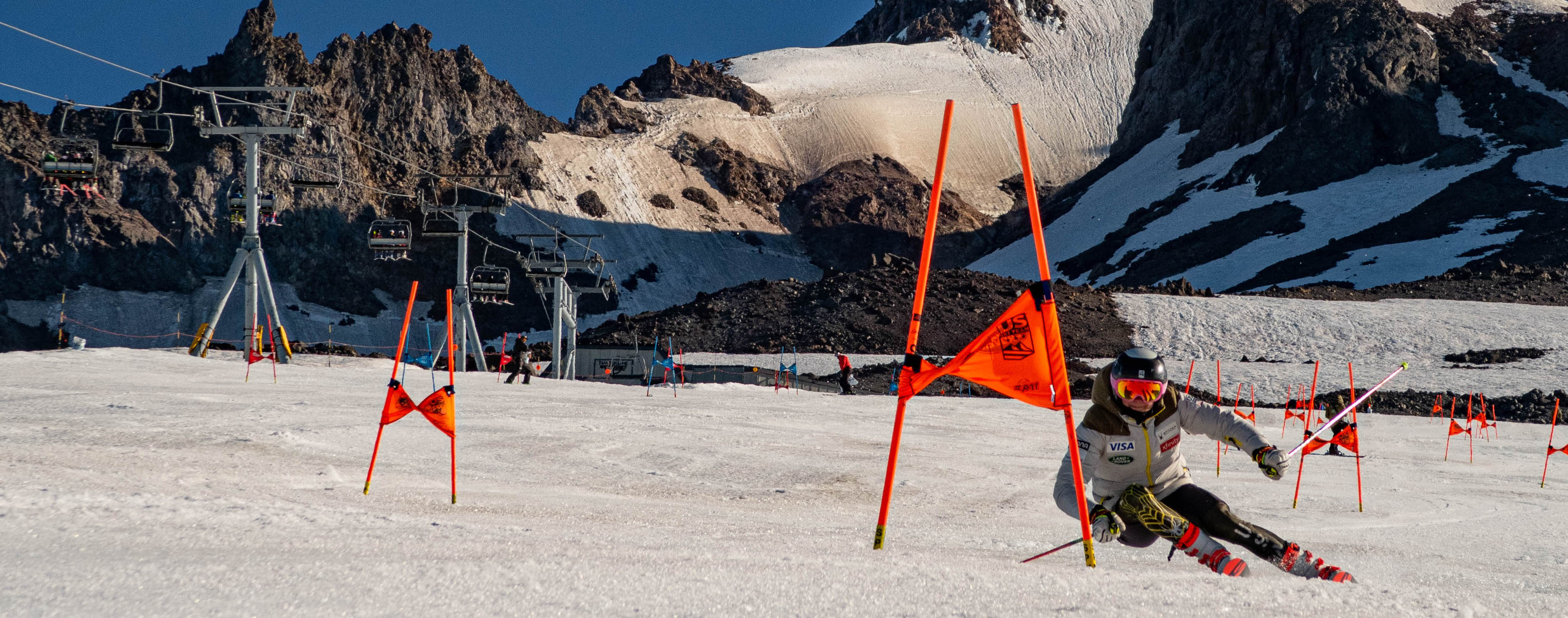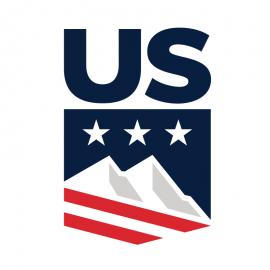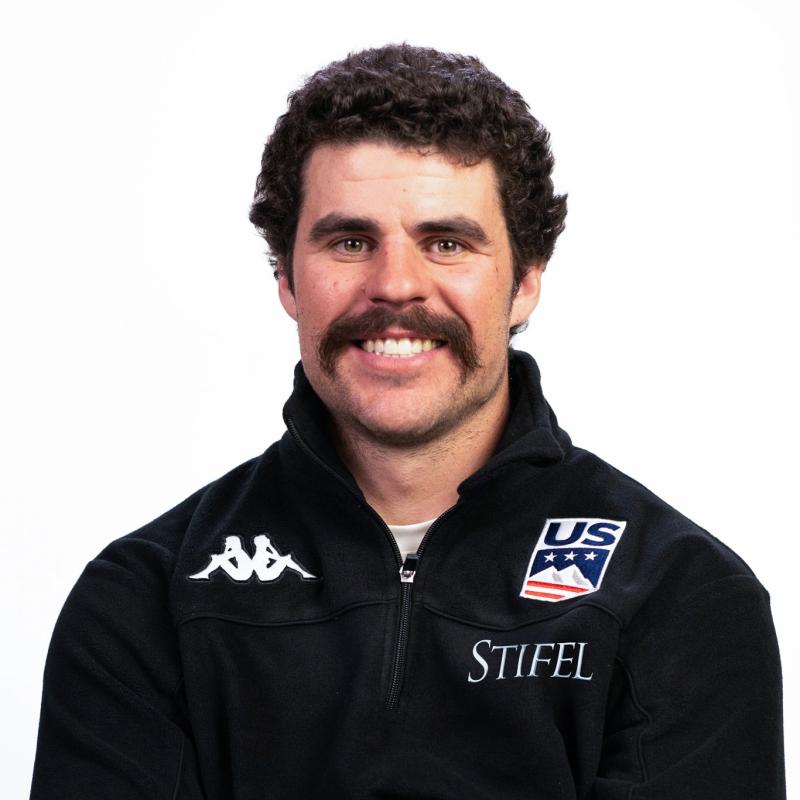Bashing Gates and Staying Healthy: Feature in SKI Magazine

In August, the Land Rover U.S. Alpine Ski Team is typically training in the Southern Hemisphere, whether it be in New Zealand or South America. Obviously this year, COVID impacted training outside of the U.S., so U.S. Ski & Snowboard staff worked hard with resort partners to ensure athletes didn't miss a beat. High Performance Director Troy Taylor recently caught up with SKI to talk about it all.
August marks a time when the U.S. Ski Team usually sends athletes to South America for on-snow training to test new equipment and get ready for early season competitions. This year, things are different. In early March the FIS World Cup Tour came to an abrupt end due to COVID-19. April and May are normally off-months for the athletes, but this year the team worked tirelessly through those months to organize extensive protocols, including reworking their online athlete platform to check and monitor coronavirus symptoms.
Thanks to these efforts and the hospitality of domestic resorts, the athletes have not missed any days on snow this summer. Copper Mountain in Colorado, plus Mt. Bachelor and Mt. Hood in Oregon, are among the ski areas that have found ways to accommodate the U.S. Ski Team.
Troy shared details of the U.S. Ski & Snowboart COVID protocol, which has been stringent and enforced, as SKI reported.
Due to the pandemic, Taylor and the team initially worked with the Olympic and Paralympic committee to work on testing facilities and protocols. The team’s USADA lab, usually reserved for drug testing, was converted into a COVID-19 testing facility capable of performing a saliva-based coronavirus test that provides results within hours.
Taylor explained that although rapid testing is extremely beneficial for the team, it is a priority of the team to test in a responsible manner that does not affect the testing capabilities of local hospitals. The team is “respectful of mountain communities and works to avoid any burden on their healthcare,” says Taylor. Athletes are required to have two negative tests within 24 hours of each other after every travel day and before they can attend team events.
The protocols in place have been stringent and enforced. Athletes not only have to report symptoms twice a day, but the team must also complete surveys on a weekly basis for contact tracing purposes. The U.S. Ski Team has fostered a safe environment for athletes to train in, but “everything is ultimately up to the discretion of the athlete—if they don’t feel comfortable at the Center of Excellence or at a camp or joining a bubble, they are not required to,” says U.S. Ski Team athlete George Steffey...
Up next, the athletes will look to travel to Europe for final on-snow training prep camps prior to the much-anticipated FIS Ski World Cup kickoff in Soelden, Austria Oct. 17-18th.

